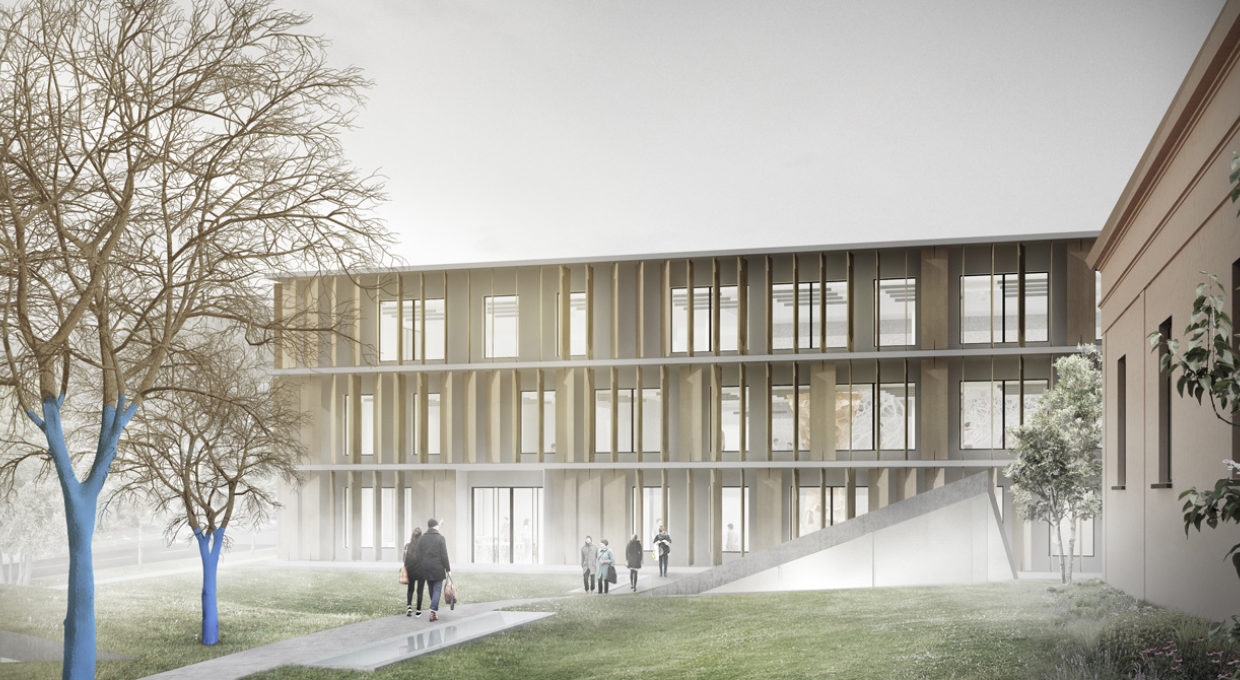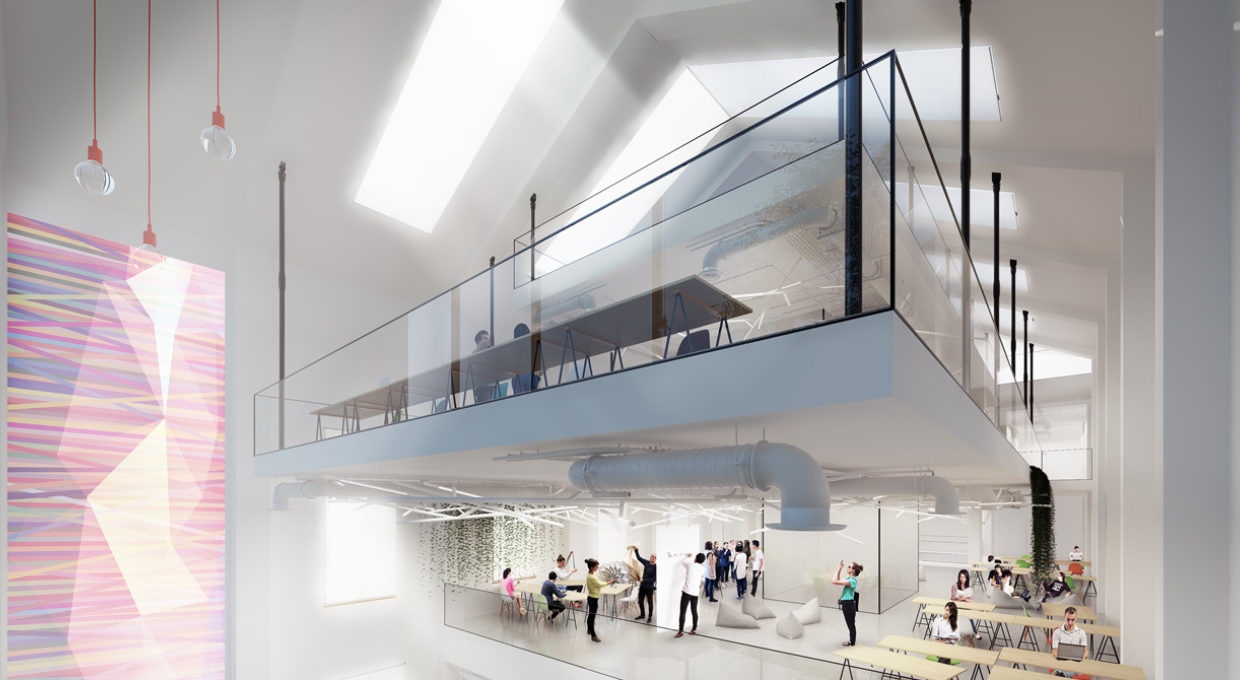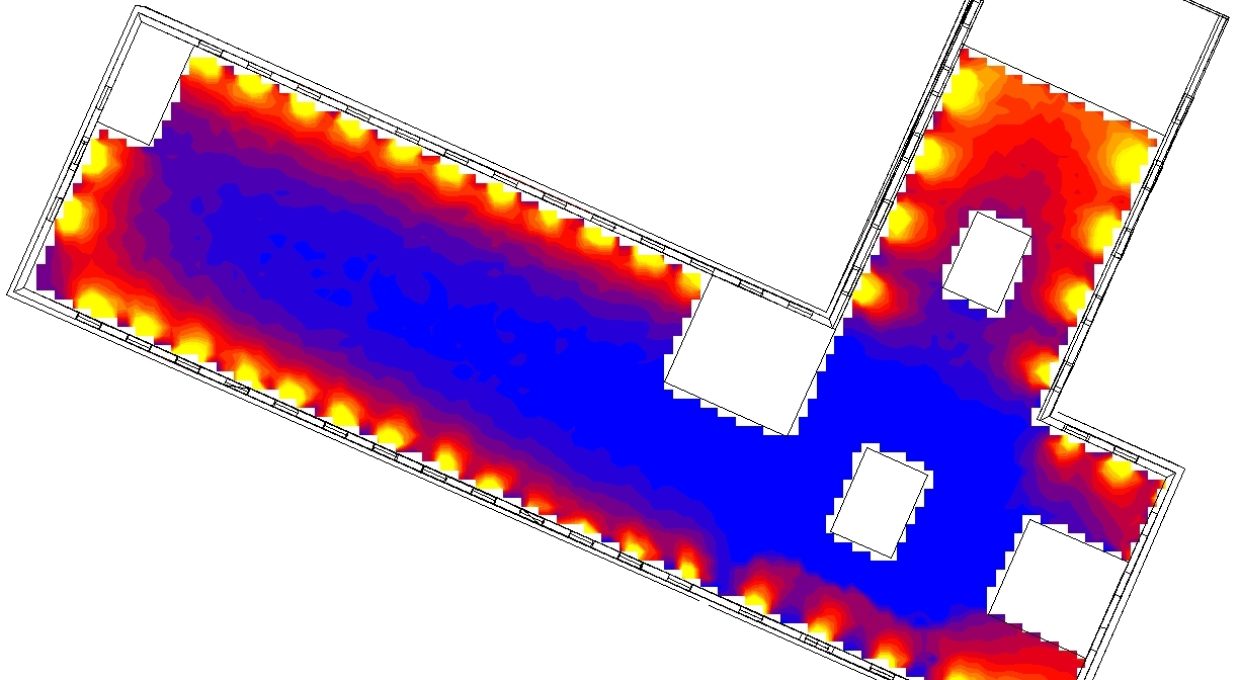MOME Campus










People every day use tools. In most cases these tools are of utmost importance to us, we get close to them, People are also connected to the media every day, they see or hear advertisements, graphics, TV shows, movies. We spend hours on the internet or in front of the TV, on more fortunate evenings we read books. We are doing this in a built environment, most of the time indoors, at home or at work. Who wouldn't love if these tools, media and buildings surrounding us would be aesthetic, usable and durable? For the formation and shaping of these the Mohogy-Nagy University of Arts and Design (MOME) should play a lead role. The MOME performs a complex task affecting every aspect of live, which we have taken into account and every stage of the development.
The teaching methodology of MOME, the different levels of education frameworks and their activities are interpreted and understanding their essence we started the planning. We discovered the difference in the three levels of education and we differentiated the space requirements associated to these. We considered it to be important to create right conditions for the different learning methods, which was the basis of our approach for the design. Particular attention was paid to the horizontal labs, courses, advanced studies, R&D activities which in most cases require external resources. Because of this a large part of the area is sufficiently open, and designed inclusive as characterized by the client.
In our opinion the task of MOME lies not only in education and the raising of students, but it also must attempt to involve and include the public as well. We dreamed of a fully inclusive and open institution which - in addition to maximally serve the requirements of the students – is suitable for community events, maintain the improvements of the local residents’ quality of live, active involvement of market participants and the adequate reception of the invited quests as well. We positioned MOME as a leader, innovative and significant force among the foreign educational institutions as well and on this basis we determined the future characteristics of the development.
Project data
-
Name
- MOME Campus
-
Project start year
- 2015
-
Completion
- 2016
-
Location
- Budapest, Hungary
-
Function
- Competition